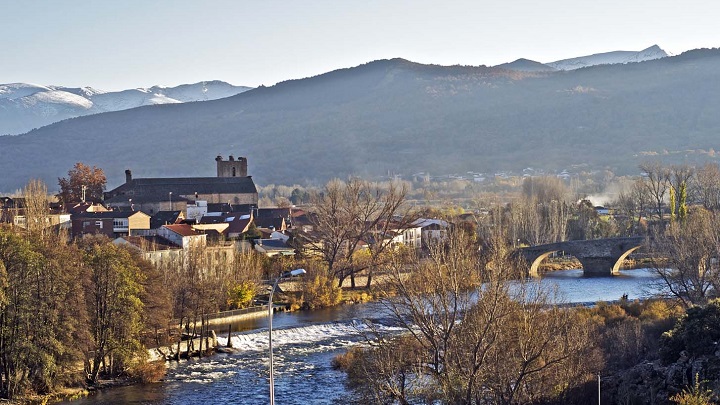
Have you had the opportunity to visit the province of Ávila ? Well, then you will know that it has two quite different areas: the most mountainous, that is, in the center and the north; and the southern part, where temperatures are milder. Located in Castilla y León, this Spanish province has much to offer tourists, such as the capital, the city of Ávila, which is home to monuments declared a World Heritage Site by UNESCO. Of course, it is also worth visiting its natural environment, highlighting the Sierra de Gredos Regional Park and the Iruelas Valley Natural Reserve, two magnificent places to practice rural tourism.
So that you get to know the province of Ávila more thoroughly, today we are going to take a tour of its most beautiful towns , although we have to apologize in advance for all those who have been left in the dark. Of course, we are open to suggestions, so do not hesitate to recommend us other municipalities in the province and other areas of Castilla y León.
Arevalo
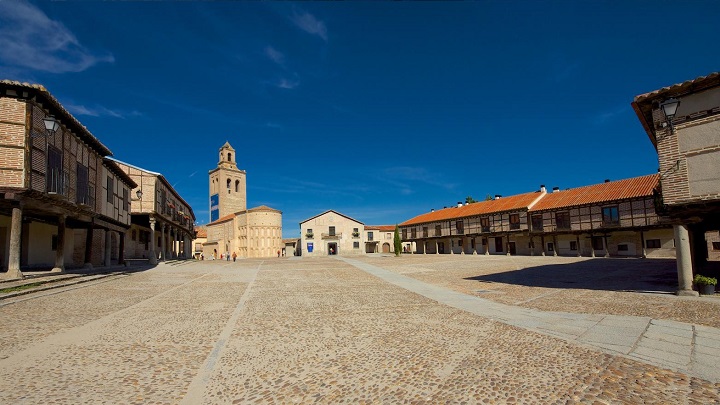
First of all, we want to talk about Arévalo, a town with a warrior tradition that has been declared a Historic-Artistic Site thanks, among other things, to the fact that it represents an important example of Mudejar from Avila. Its places of interest include the squares of La Villa and del Arrabal, religious buildings and its castle.
Navalmoral de la Sierra
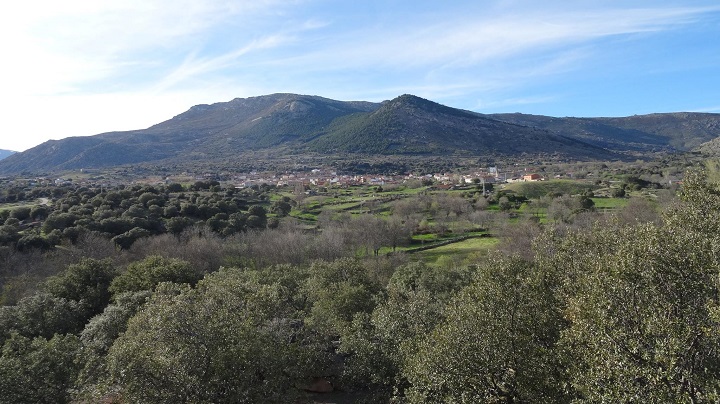
Another town worth visiting is Navalmoral de la Sierra, which is located in the Alto Alberche Valley, between the Sierras de la Paramera and Gredos. Surrounded by a rural and natural environment, this quiet town is full of charm. Its monuments of interest include the parish church of San Pedro Apóstol, the Remains of a Calzada and the Hermitage of Nuestra Señora de Aldeavieja.
The Boat of Avila
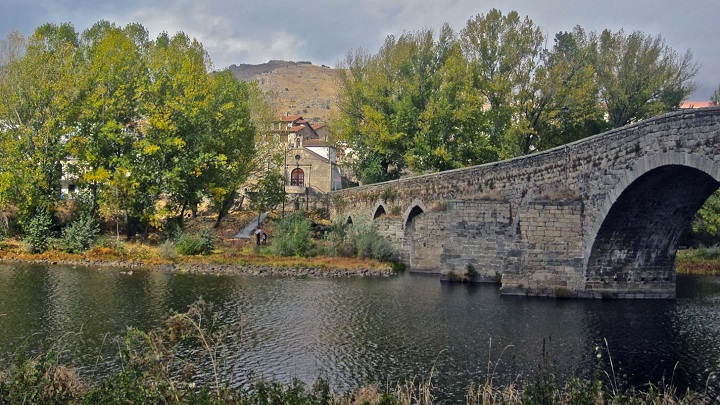
The beautiful town of El Barco de Ávila could not be missing from our list, which offers beautiful panoramic views of the Sierra de Gredos. In addition, it has a rich heritage, highlighting the church of Our Lady of the Assumption, the medieval bridge over the river Tormes and the castle of Valdecorneja
Bonilla de la Sierra
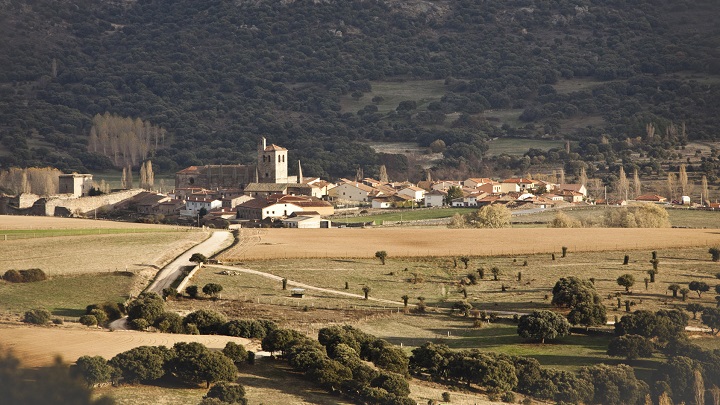
In the western part of the province we find Bonilla de la Sierra, a town that has an important cultural heritage thanks to the fact that it housed kings , nobles, ecclesiastics and people of all kinds. Its most important monuments are the church of San Martín and the ruins of the Castle, as well as some remains of the old wall.
Navaluenga
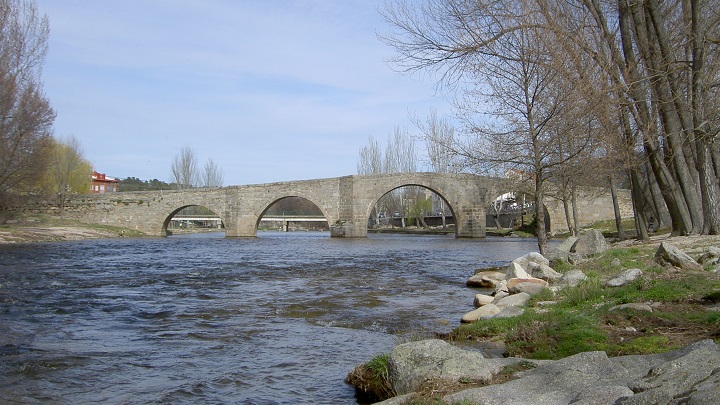
Another beautiful town in Ávila is Navaluenga, which is also home to important monuments , such as the parish church of Nuestra Señora de los Villares, the Romanesque bridge, the Cruz del Cerrillo de San Marcos, the medieval necropolis of Fuenteávila, the hermitage of La Merced and the hermitage of San Isidro. Of course, we must also highlight its natural environment.
Arenas de San Pedro
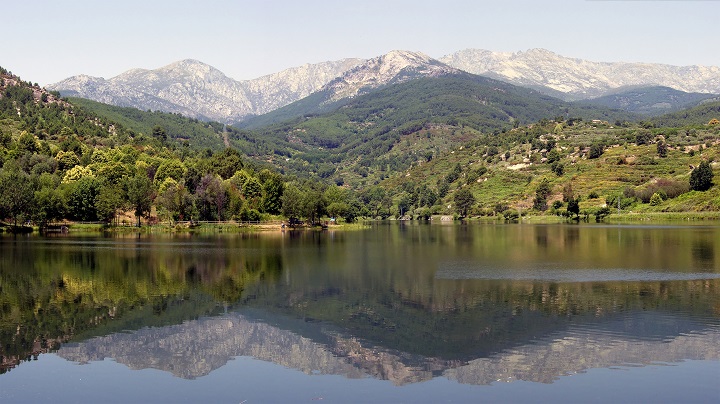
Arenas de San Pedro is a town that is worth visiting for many reasons. The first of them is its extensive heritage, highlighting the castle of Don Álvaro de Luna, the church of Nuestra Señora de la Asunción and the palace of the Infante don Luis de Borbón. If you have the opportunity to visit this place, you will not be able to miss the famous Cuevas del Águila, located six kilometers from the town.
Piedrahíta
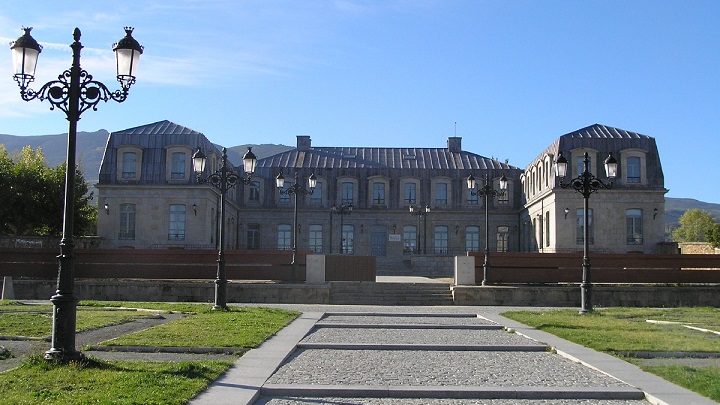
We also want to talk to you about Piedrahíta, a town belonging to the El Barco de Ávila-Piedrahíta region. Declared a Site of Cultural Interest with the category of Historic Site, it is structured around the Plaza Mayor, with a typically medieval plot. The town preserves interesting examples of popular architecture, large houses and palaces.
Madrigal de las Altas Torres
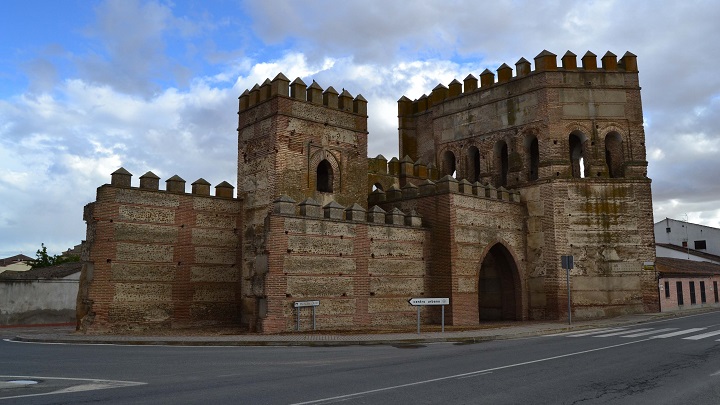
Finally, we want to talk about Madrigal de las Altas Torres, which was the birthplace of Queen Isabel la Católica. Its walled enclosure stands out, which has been declared an Asset of Cultural Interest. In addition, it is important to bear in mind that it has one of the few examples of medieval walls in the Mudejar style.
